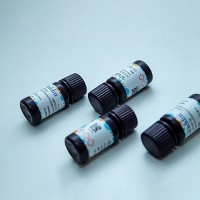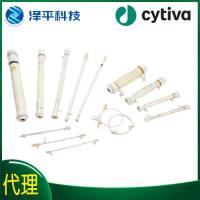细菌的生物膜埋下了自我解体的种子
互联网
据4月30日的《科学》杂志报道说,人们淋浴处墙上的粘液、牙齿上的菌斑以及在医疗仪器或医院各表面上所形成的薄膜,这些都是细菌性的生物薄膜,这些细菌群落在经过擦洗甚或抗菌处理之后仍会持续存在。
新的研究显示,至少有一种细菌(Bacillus subtilis,或译:枯草芽孢杆菌 生物医药大辞典提供翻译)所产生的氨基酸实际上可防止这些生物膜的形成,并能够触发已经存在的生物薄膜的分解。
随着生物薄膜的老化,其营养供应会下降,排泄物会积聚,这时的细菌细胞如果回复到它们的个体自由移动的状态会对其更为有利。 Ilana Kolodkin-Gal及其同僚发现,B. subtilis 这种细菌会分泌一种不同寻常的氨基酸(右旋氨基酸),该氨基酸可将它们从老化的群落中释放出来。
据文章的作者披露,许多细菌都可产生右旋氨基酸,这种氨基酸可能是一种广泛存在的生物膜解体的信号。他们提出,这些氨基酸也许可用作医疗或工业环境中的抗生物膜制剂。
点击此处了解更多
D-Amino Acids Trigger Biofilm Disassembly
Ilana Kolodkin-Gal1 Diego Romero2 Shugeng Cao3 Jon Clardy3 Roberto Kolter2
Richard Losick 1,
1.Department of Molecular and Cellular Biology, Harvard University, Cambridge, MA 02138, USA.
2.Department of Microbiology and Molecular Genetics, Harvard Medical School, Boston, MA 02115, USA.
3.Department of Biological Chemistry and Molecular Pharmacology, Harvard Medical School, Boston, MA 02115, USA.
【Abstract】Bacteria form communities known as biofilms, which disassemble over time. In our studies outlined here, we found that, before biofilm disassembly, Bacillus subtilis produced a factor that prevented biofilm formation and could break down existing biofilms. The factor was shown to be a mixture of D-leucine, D-methionine, D-tyrosine, and D-tryptophan that could act at nanomolar concentrations. D-Amino acid treatment caused the release of amyloid fibers that linked cells in the biofilm together. Mutants able to form biofilms in the presence of D-Amino acids contained alterations in a protein (YqxM) required for the formation and anchoring of the fibers to the cell. D-Amino acids also prevented biofilm formation by Staphylococcus aureus and Pseudomonas aeruginosa. D-amino acids are produced by many bacteria and, thus, may be a widespread signal for biofilm disassembly.






